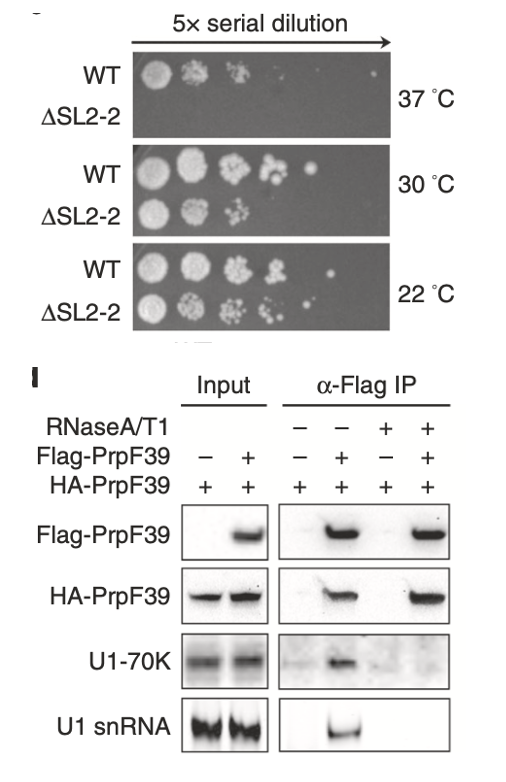 |
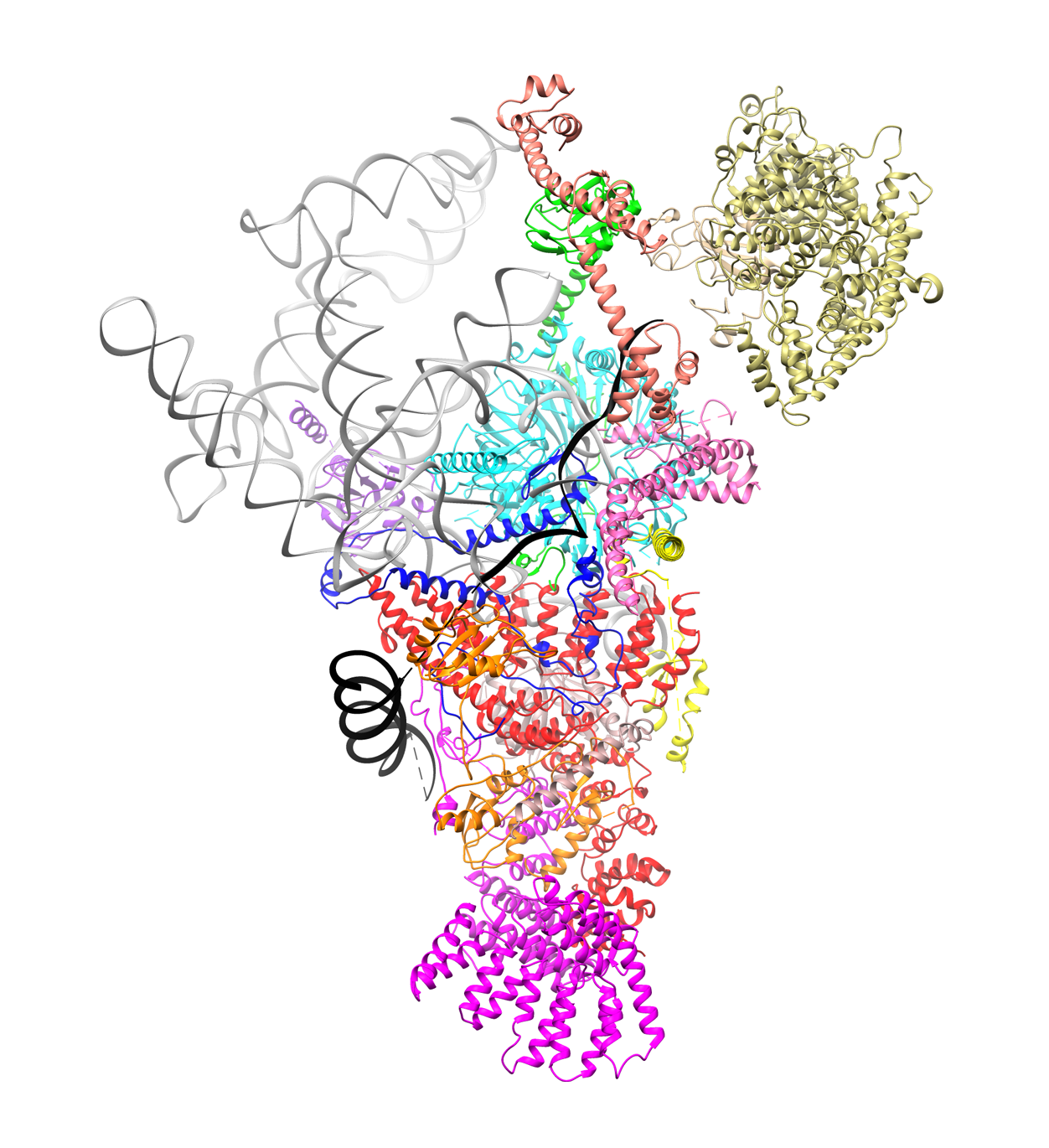 |
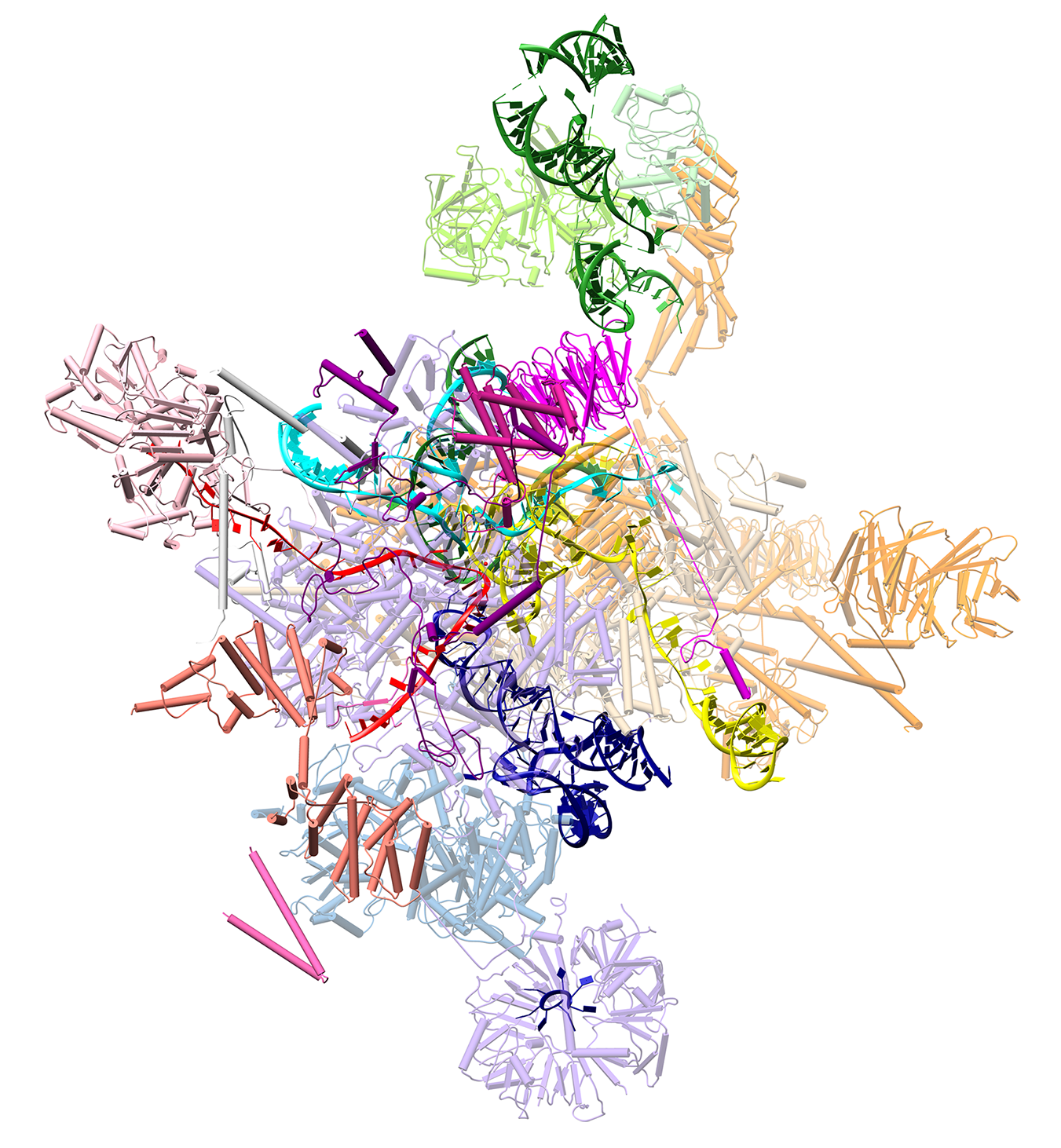 |
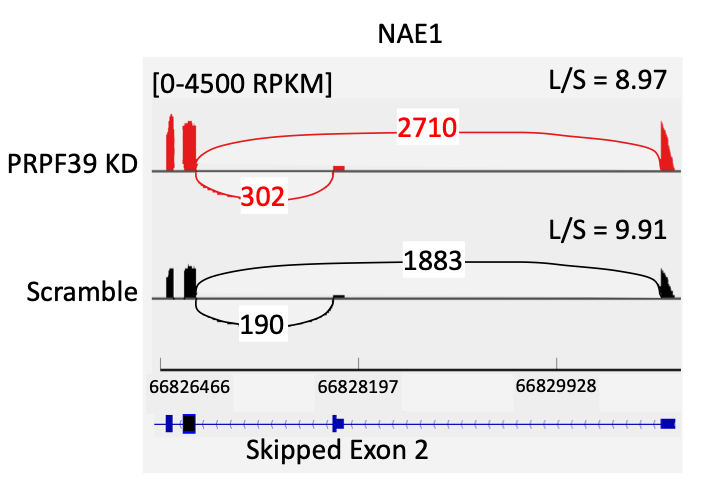 |
| Yeast U1 snRNP | Yeast E complex | Yeast P complex | Human PrpF39 (under revision) |
| Li, Liu et al. Nat Commun, 2017 | Li, Liu et al. Nature, 2019 | Liu, Li et al. Science, 2017 |
Splicing is ubiquitous in all eukaryotes. Our goal is to understand the mechanism and regulation of Pre-mRNA splicing, how this process goes awry in genetic disorders and cancers, and how we can correct these errors using small molecule or anti-sense oligos.
Below are examples of some of our recent works. Check out our papers to see how we used a combination of structural biology, biochemistry, genetic, and molecular biology approaches to study splicing.
 |
 |
 |
 |
| Yeast U1 snRNP | Yeast E complex | Yeast P complex | Human PrpF39 (under revision) |
| Li, Liu et al. Nat Commun, 2017 | Li, Liu et al. Nature, 2019 | Liu, Li et al. Science, 2017 |
The Six1 homeobox transcription factor and its co-activator Eya are crucial developmental regulators. Post-organogenesis, Six1 and Eya typically down-regulated. However, they are abnormally unregulated in many cancers, contributing to tumor initiation and development. In addition to being a transcriptional co-activator, Eya also contains a Tyr phosphatase activity in its C-terminal domain and interacts with the PP2A Ser/Thr phosphatase through its N-terminal domain, both contributing to the tumor-promotional properties of Eya. Our goal is to understand the structure and function of Six1/Eya and develop small molecule inhibitors that will cripple the function of Six1/Eya in tumors with limited side effect to normal tissues.
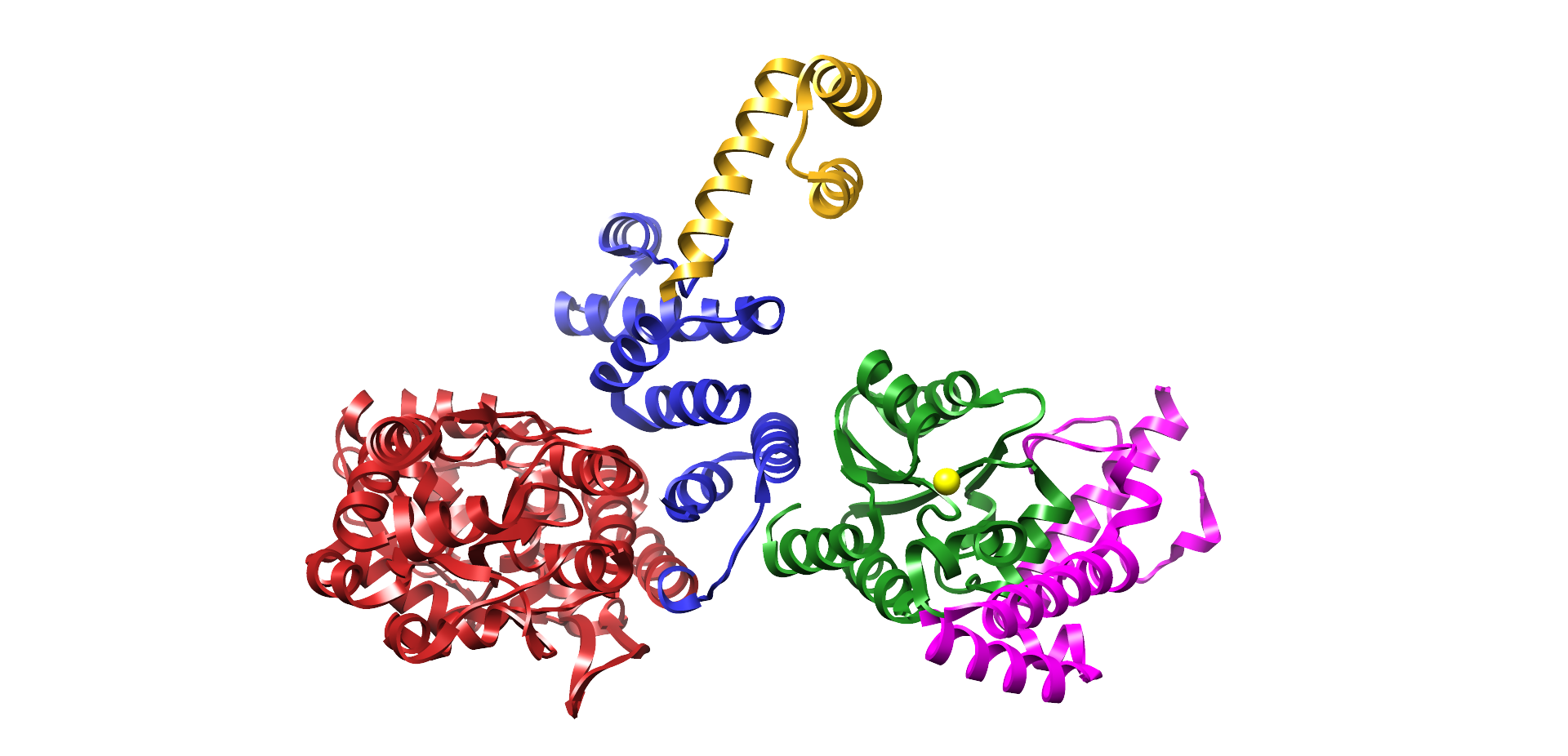 |
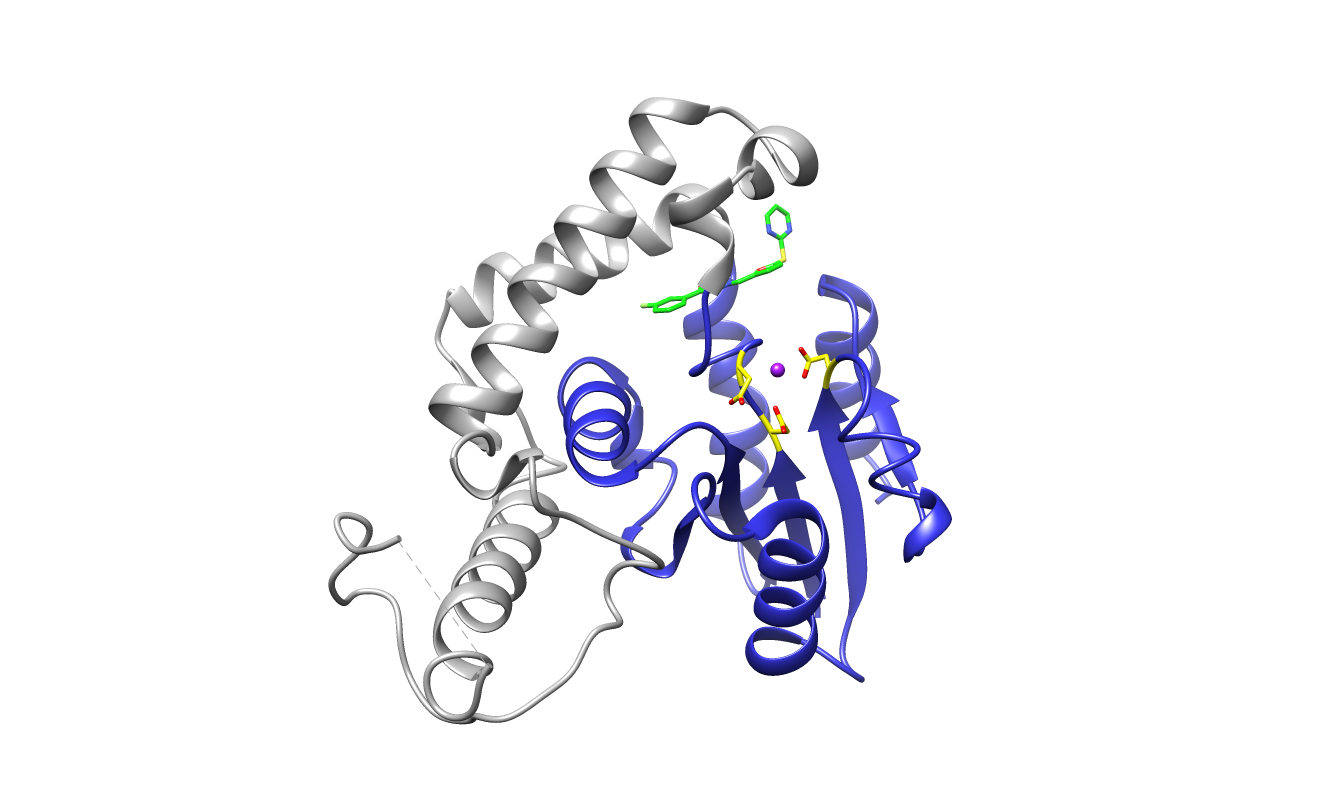 |
| Human Six1/Eya2 Complex | Human Eya2 Phosphatase Inhibitor |
| Patrick et al. NSMB, 2013 | Anantharajan, Zhou, Zhang et al. Mol Cancer Ther, 2019 |